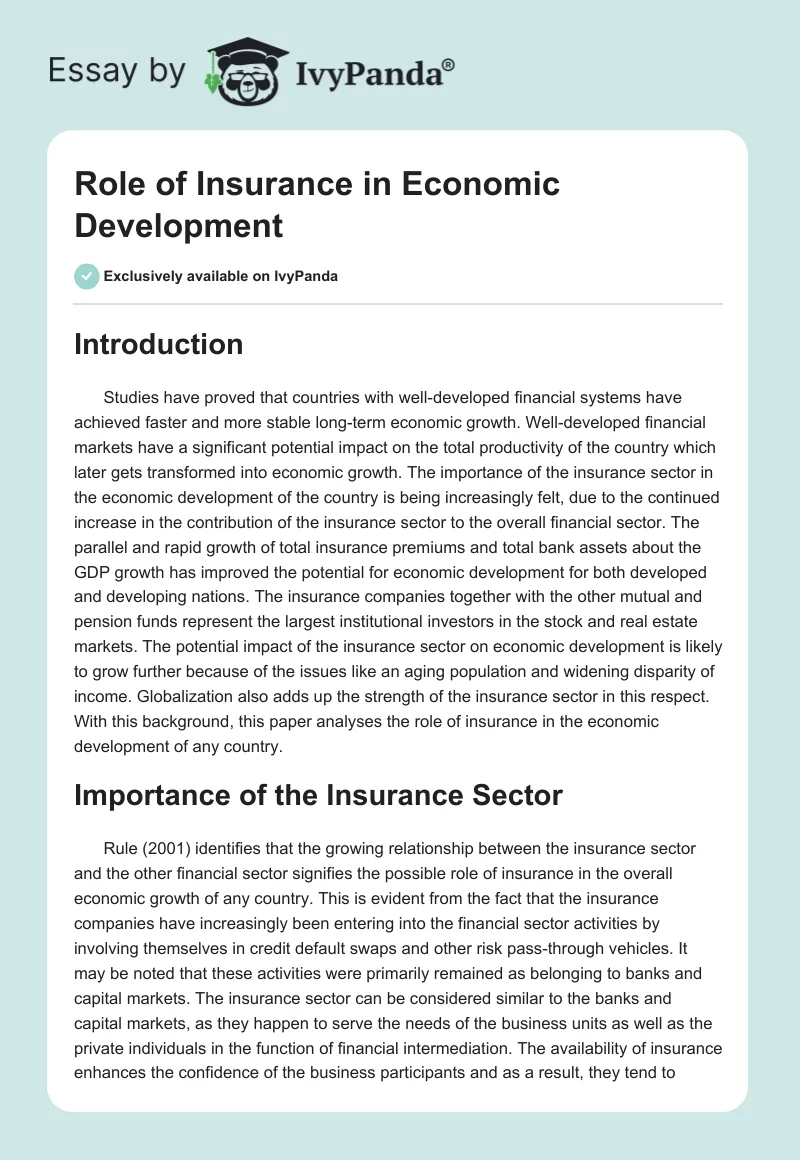Pacific Prime Fundamentals Explained
Pacific Prime Fundamentals Explained
Blog Article
6 Easy Facts About Pacific Prime Explained
Table of ContentsPacific Prime - Truths10 Simple Techniques For Pacific PrimeThe 8-Minute Rule for Pacific PrimeSome Ideas on Pacific Prime You Need To Know8 Simple Techniques For Pacific Prime

This is due to the fact that the information were accumulated for a period of strong financial efficiency. Of the estimated 42 million people that were uninsured, all however regarding 420,000 (about 1 percent) were under 65 years of age, the age at which most Americans end up being qualified for Medicare; 32 million were grownups between ages 18 and 65, around 19 percent of all grownups in this age team; and 10 million were youngsters under 18 years old, about 13.9 percent of all youngsters (Mills, 2000).
These quotes of the variety of individuals uninsured are produced from the annual March Supplement to the Existing Populace Survey (CPS), conducted by the Census Bureau. Unless or else noted, nationwide quotes of people without medical insurance and proportions of the populace with various kinds of protection are based on the CPS, one of the most widely made use of source of estimates of insurance protection and uninsurance prices.
The 5-Second Trick For Pacific Prime

Still, the CPS is particularly beneficial since it creates yearly quotes relatively swiftly, reporting the previous year's insurance coverage estimates each September, and because it is the basis for a regular collection of quotes for greater than twenty years, allowing for evaluation of fads in insurance coverage with time. For these factors, in addition to the substantial use of the CPS in other researches of insurance policy coverage that exist in this record, we count on CPS estimates, with constraints kept in mind.

The quote of the number of without insurance people increases when a populace's insurance condition is tracked for a number of years. Over a three-year duration beginning early in original site 1993, 72 million individuals, 29 percent of the U.S. https://www.domestika.org/en/pacificpr1me. populace, lacked insurance coverage for at the very least one month. Within a single year (1994 ), 53 million individuals experienced at the very least a month without protection (Bennefield, 1998a)
Six out of every ten without insurance adults are themselves employed. Although working does boost the chance that a person and one's relative will certainly have insurance coverage, it is not an assurance. Even members of families with two full-time wage income earners have almost a one-in-ten chance of being without insurance (9.1 percent uninsured price) (Hoffman and Pohl, 2000).
Get This Report about Pacific Prime
New immigrants represent a substantial proportion of people without medical insurance. One analysis has actually associated a substantial part of the current growth in the size of the U.S. uninsured population to immigrants that got here in the nation in between 1994 and 1998 (Camarota and Edwards, 2000). Recent immigrants (those that came to the United States within the previous 4 years) do have a high price of being without insurance (46 percent), but they and their kids represent simply 6 percent of those without insurance policy nationally (Holahan et al., 2001).
The relationship between health and wellness insurance policy and accessibility to care is well established, as documented later in this chapter. The connection between wellness insurance coverage and wellness results is neither direct nor simple, a comprehensive clinical and health solutions research study literature web links wellness insurance protection to enhanced access to care, better top quality, and enhanced personal and populace health and wellness status.
Levels of evaluation for taking a look at the effects of uninsurance. It concentrates specifically on those without any kind of health and wellness insurance policy for any type of size of time.
Not known Factual Statements About Pacific Prime
The problems faced by the underinsured are in some aspects comparable to those encountered by the without insurance, although they are usually much less extreme. international travel insurance. Uninsurance and underinsurance, nonetheless, entail clearly various plan concerns, and the strategies for addressing them might vary. Throughout this research study and the 5 reports to follow, the main emphasis gets on individuals with no medical insurance and therefore no aid in spending for wellness treatment beyond what is available via charity and safety and security internet organizations
Health and wellness insurance is an effective aspect impacting receipt of treatment since both patients and doctors reply to the out-of-pocket price of solutions - https://packersmovers.activeboard.com/t67151553/how-to-connect-canon-mg3620-printer-to-computer/?ts=1712004612&direction=prev&page=last#lastPostAnchor. Health and wellness insurance policy, nonetheless, is neither essential neither enough to access to clinical solutions. The independent and straight result of health and wellness insurance coverage on accessibility to health services is well established.
Others will get the healthcare they require also without medical insurance, by spending for it expense or seeking it from suppliers who supply treatment totally free or at very subsidized rates. For still others, wellness insurance coverage alone does not guarantee invoice of care as a result of various other nonfinancial obstacles, such as a lack of health treatment service providers in their area, restricted access to transport, illiteracy, or linguistic and social distinctions.
The 4-Minute Rule for Pacific Prime
Official study about uninsured populations in the United States dates to the late 1920s and early 1930s when the Board on the Price of Treatment produced a collection of reports about financing doctor workplace visits and hospital stays. This concern ended up being prominent as the varieties of clinically indigent climbed up during the Great Clinical depression.
Report this page